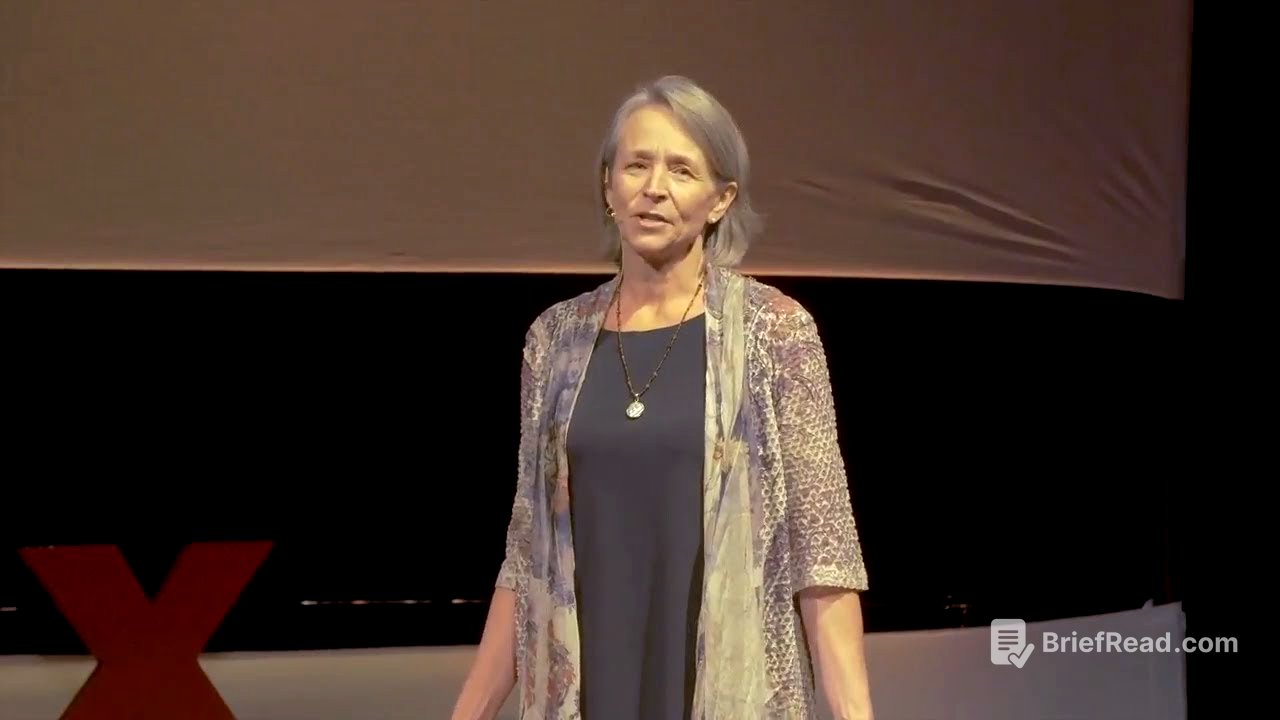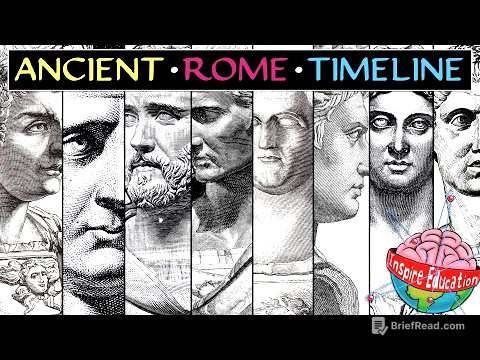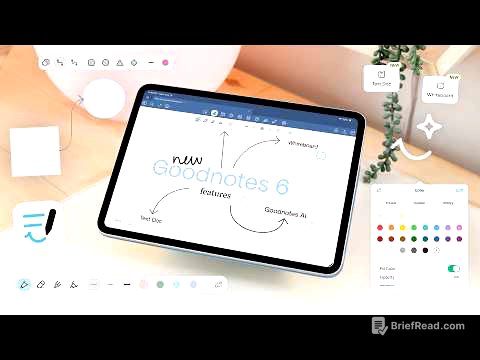TLDR;
Narda Pitkethly discusses her reading program, "nardagani," designed to help challenged readers by simplifying the English language's complexities. The program uses symbols to represent the different sounds letters can make and underlines silent letters, reducing cognitive overload. Pilot programs, including one with a fifth-grader named Sven, have shown significant success, with Sven eventually joining the National Honor Society. The talk highlights the critical issue of illiteracy and offers a practical solution to improve reading skills.
- Illiteracy rates are alarmingly high, with significant consequences for individuals and society.
- The English language's inconsistent letter sounds and silent letters contribute to reading difficulties.
- The "nardagani" program uses symbols and underlining to clarify letter sounds and identify silent letters, making reading more accessible.
Introduction: Sven's Story and the Problem of Illiteracy [0:14]
Narda Pitkethly begins by sharing the story of Sven, an autistic fifth-grader who couldn't read any words. She then broadens the scope to address the larger issue of illiteracy in the United States, citing that 19% of high school students graduate without being able to read above a third-grade level, which is considered functionally illiterate. This translates to approximately half a million new graduates each year. She emphasizes that traditional teaching methods often fail many students, contributing to this problem.
The Link Between Illiteracy and Criminal Activity [1:51]
Pitkethly highlights the correlation between illiteracy and criminal behavior, referencing the National Assessment of Adult Literacy, which states that 85% of juvenile delinquents and 70% of prison inmates are functionally illiterate. She asserts that illiteracy is the number one predictor of future criminal activity, underscoring the importance of addressing this issue.
The Genesis of "nardagani": Learning Japanese [2:14]
Pitkethly recounts her experience learning Japanese, where she discovered the hiragana system, which made reading easy to learn. Inspired by this, she decided to adapt the concept to English when her daughter faced reading challenges. She collaborated with a reading specialist to analyze the sounds of English and the complexities of the English alphabet.
Analyzing the English Alphabet's Complexities [3:13]
Pitkethly explains her analysis of the English alphabet, revealing that while 12 letters make only one sound, 14 letters make multiple sounds. For example, the letter "A" makes four sounds, "C" makes three, and "O" makes eight. She believes this inconsistency is a major reason why English is difficult to read. She also points out that 17 letters are sometimes silent in words, further complicating the reading process.
Introducing the "nardagani" Program and Symbols [4:40]
Pitkethly introduces her reading program, "nardagani," which uses symbols to represent the different sounds of letters and underlines silent letters. She explains that these symbols help readers understand which sound to make, guiding them in sounding out words. She provides examples of two symbols: a square with a line for the "shhhh" sound and a triangle for the "ooo" sound, illustrating how these sounds can be made with different letter combinations.
Examples and Research Supporting "nardagani" [6:22]
Pitkethly provides an example of how the symbols are used in action, showing the different sounds of the letter "U." She mentions that Dr. Jeffrey Wilhelm, a literacy expert, conducted a study on the program and found that it reduces cognitive overload for learners. She also notes the success of pilot programs in detention facilities and the approval of "nardagani" by the Idaho State Department of Education.
Sven's Success Story with "nardagani" [7:29]
Pitkethly revisits Sven's story, explaining that he learned to read using "nardagani" in eight one-hour lessons. A video clip shows Sven reading a book coded with the symbols, expressing his newfound ability and excitement. She shares that Sven eventually no longer needed the symbols and, in high school, became a member of the National Honor Society.
Conclusion: "All Things Are Possible" [9:11]
Pitkethly concludes with a quote from Sven: "I once thought reading was impossible; now I know all things are possible." She emphasizes the transformative impact of "nardagani" and its potential to unlock reading abilities for challenged learners.









